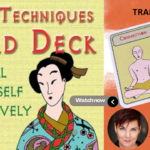
Reiki Techniques Card Deck: Card 8
September 1, 2023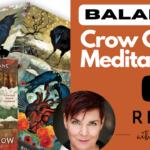
Urban Crow Oracle Meditations: Card 4
September 5, 2023The founder of the system of Reiki, Mikao Usui (1865-1926), developed a practice that mixes individual spiritual discovery with the broader cultural and religious context of Japan. Understanding its potential connections to Japan’s spiritual traditions—particularly Buddhism, Shintoism, Taoism and Shugendo—offers a richer appreciation of the practice. Such an exploration not only deepens one’s connection to the system of Reiki but also acknowledges the cultural heritage from which it emerged. Yet, to what degree should Reiki practitioners and teachers dive into these practices? Are there deeper requirements that we should be aware of? Should we become Buddhists? Practice Shintoism? Pray as Taoists? Climb mountains as Yamabushi?
According to Usui’s memorial stone, his life unfolded with many personal and business challenges and curious global explorations. On embarking on a transformative 21-day retreat on Mount Kurama, one that included periods of deep meditation, he experienced a profound spiritual reawakening.
Mount Kurama has links to various religious aspects of Japan. The main temple, Kuramadera was Tendai Buddhist but since 1947 is the home to Kurama-Kokyu—a variant of esoteric Buddhism that includes the natural spirituality associated with the mountain itself.
It’s intriguing to draw parallels between the system of Reiki and the age-old spiritual traditions of Japan. Buddhism, with its focus on inner enlightenment, meditation, and alleviation of suffering, shares thematic echoes with the system of Reiki’s principles of spiritual healing and self-improvement. Similarly, Shintoism, Japan’s indigenous religion, emphasizes harmony with nature, purification, and the veneration of kami (spirits). These elements resonate with the system’s practices, which often harness the natural energy of the universe for balance and consequent healing. There are many Shinto sites on Mount Kurama along with various legends and myths including the tale of a mythical tengu (ancient spirit) living at its top. This tengu belongs to Shugendo and is a Yamabushi called Sojobo (see image for this blog).
Shugendo faith blends elements of Buddhism, Shintoism and Taoism, showcasing the spiritual landscape Usui might have been exposed to. Shugendo focuses on the belief that enlightenment can be gained through ascetic practices in sacred mountains such as Mount Kurama. Yamabushi underwent arduous training, which included long pilgrimages, fasting, meditation, rituals, and feats of endurance, such as standing under freezing waterfalls or walking through fire. These practices were designed to purify the mind and body, allowing the Yamabushi to harness spiritual and supernatural powers. Beyond their ascetic practices, Yamabushi played significant roles in society. They were often revered as healers, exorcists, and diviners, the same qualities as mentioned on Usui’s memorial stone.
Looking closer at the Yamabushi tradition, we see the kanji for Yamabushi 山伏, means “one who lies down in the mountains”. Yamabushi can trace their origins to ancient Japan, emerging during the early stages of the Heian period (794-1185 AD). To lie down in the mountain is symbolic of becoming one with the environment, without fear, or worry and to be open to the flow of the natural elements, rather than fighting them.
Mikao Usui’s posthumous name is engraved on his memorial stone:
霊山院秀譽天心居士 Reizan-in Shuyo Tenshin Koji.
霊 – Rei as in Reiki
山 – Zan (mountain)
院 – in (a ranking/title of deceased)
秀 – Shu (pre-eminent)
譽 – Yo (Pure Land Sect of Buddhism)
天心- Tenshin (zenith, divine will)
居士- Koji (lay Buddhist)
The first kanji in this posthumous name is Rei as in Reiki meaning spiritual or sacred. The second kanji is mountain. The same kanji found in that of Yamabushi. It tells of Mikao Usui’s links to mountain practices as well as his steadfastness, and might it also link him to the practice of Yamabushi?
The kanji for Yamabushi can also be interpreted to exist within the system of Reiki. The first kanji for Yamabushi meaning “mountain” is of three vertical lines but may also represent elements of a spiritual practice such as the system of Reiki – the precepts (Reiki Precepts), concentration (Meditations and Chanting) and wisdom (Experience of energy work via self-practice and Reiju) – and the horizontal line below representing the blending of these three elements (Embodiment of the 5 Elements of the system of Reiki).
The second kanji represents the dual elements of a spiritual practice (Enlightenment and Ignorance) that bring the practitioner to Oneness. Even those who have achieved high levels of spiritual understanding can still wrestle with shades of ignorance. Similarly, moments of profound enlightenment can occur even in the midst of a life otherwise clouded by ignorance. It’s an ongoing process of self-discovery and growth.
En No Gyoja, credited with founding Shugendo, is said to have authored a text known as “The Sutra on the Unlimited Life of the Threefold Body.” This particular sutra is recited in Shugendo practices, often in conjunction with the Heart Sutra. This sutra can bring practitioners to enlightenment through deep meditation practices. Included in Shugendo is a 21-day fasting meditation called Mizudachi no Gyo, possibly the practice that Usui undertook on Mount Kurama.
For all of these reasons, many believe that Usui with his connections to Mount Kurama may have been a lay Tendai Buddhist monk with Pure Land connections, and a practicing Yamabushi. This last practice integrating the elements of various forms of Buddhism, Shintoism, and Taoism into one.
Understanding these Japanese spiritual influences offers Reiki practitioners and teachers a nuanced perspective. By appreciating the possible Buddhist, Shinto, Taoist and Shugendo underpinnings, we can approach the system of Reiki with a deeper cultural sensitivity and reverence for its origins.
However, a striking and beautiful aspect of the system, as emphasized by Usui, is its universality. While its roots are deeply embedded in Japanese culture, the blessing of the practice is its accessibility to everyone, regardless of background, religion, or culture. This universal appeal underscores its intrinsic power and the fundamental human interconnection with energy and innate healing.
“I am going to open this idea to anybody for the people’s benefit and welfare.”
Mikao Usui, Reiki Ryoho Hikkei
Yes, Usui’s practice is Japanese and clearly entwined with the spiritual heartbeat of Japan. Moreover, the system stands as a universal healing system. Understanding its cultural and spiritual origins offers a profound depth of understanding and connection. For me, this means being culturally sensitive and curious, but it does not require practitioners and teachers to become Buddhists, Taoists, Shinto practitioners or Yamabushi. To require this is to limit Usui’s pledge to humanity. Finding the gifts of the universal system of Reiki within our own lives—right here, right now—are the true blessings that Usui has offered the entire world.

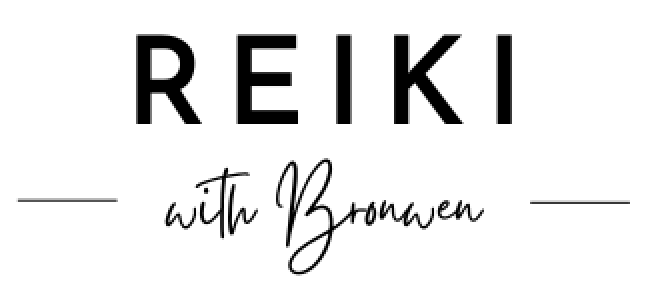

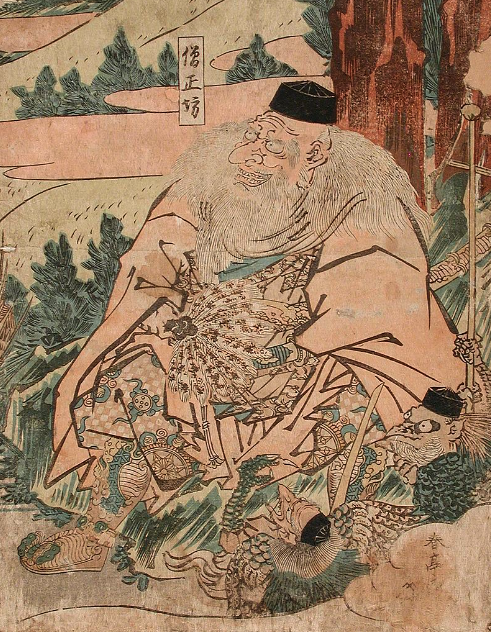
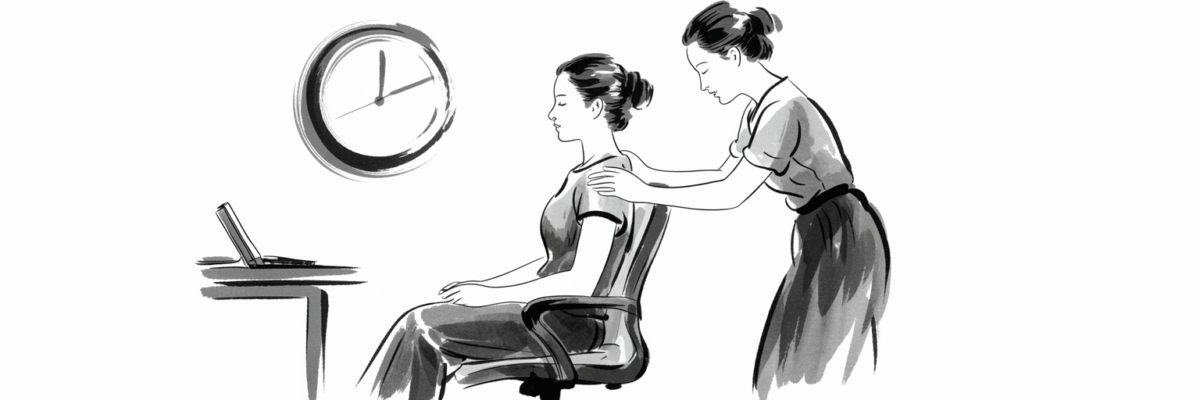


2 Comments
Thanks Bronwen, wonderful post! and your voice is perfect!
Glad you enjoyed it Solange! xB